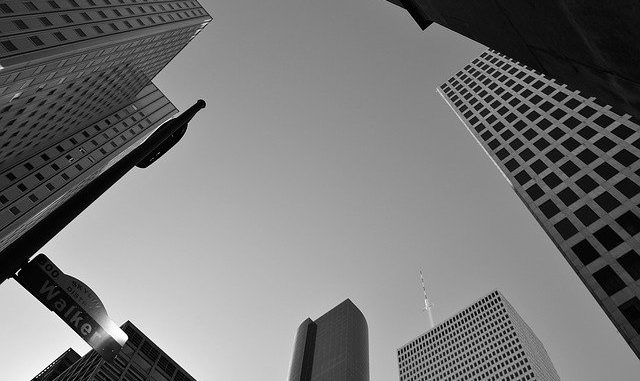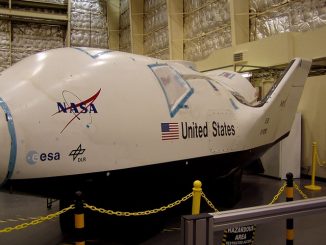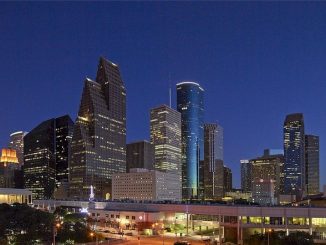
There was a Metro-related story hidden away in the West U. regional “This Week” section of the Chronicle. It talks about the need for some kind of shuttle/bus service between the West University Place-Rice Village area and the Texas Medical Center, especially since Metro ended the No. 70 bus, which used to serve that area. The (not quite so) funny thing is that a $50,000 study will be conducted to determine how best to fill the gap left by the cancelled bus route, although local leaders say they already know what kind of transportation is needed, partly thanks to a study that was conducted several years ago. Good grief!
And just to top off the absurdity, there’s this quote from Susan Young, president of something called the South Main Center Association:
“Metro is taking a look at all of its services in relation to light rail,” Young said. “What are some ways to better feed that service? We think this is a great opportunity to create a circulator route that is a feeder route to the system.”
That quote didn’t come from a Metro official. Interesting. And now, according to this Susan Young, all of Metro’s services will be reexamined to see how they can best “feed” the light rail. That’s great. Because nothing says mobility solution like a 7.5 mile, fixed track train system, with a record breaking 71 collisions, and a $93 million budget shortfall.
UPDATE: Tom Kirkendall has, of course, some smart thoughts on the folly of public-financed rail systems:
Thus, as with publicly-financed stadiums, the scam of these publicly-financed rail systems lives on because the benefits of light rail are highly concentrated in a few interest groups such as elected officials, environmental groups, labor organizations, engineering and architectural firms, developers and regional businesses. On the other hand, the costs of such systems are widely dispersed among the general population. Consequently, the many who stand to lose will lose only a little while the few who stand to gain will gain a lot.
This is why a politically savvy minority can con a large group of taxpayers facing relatively small costs into voting for an uneconomic rail system based on perceived benefits such as helping the poor, reducing congestion and pollution, and fostering development. Even though these benefits are exaggerated, it is usually not worth the relatively small cost per taxpayer for most taxpayers to spend any substantial amount of time lobbying against the cost-ineffectiveness of the rail system. With political leadership usually more interested in reading tea leaves than balance sheets and pro forma operating statements, these uneconomic rail systems just continue to perpetuate like a bad virus.



